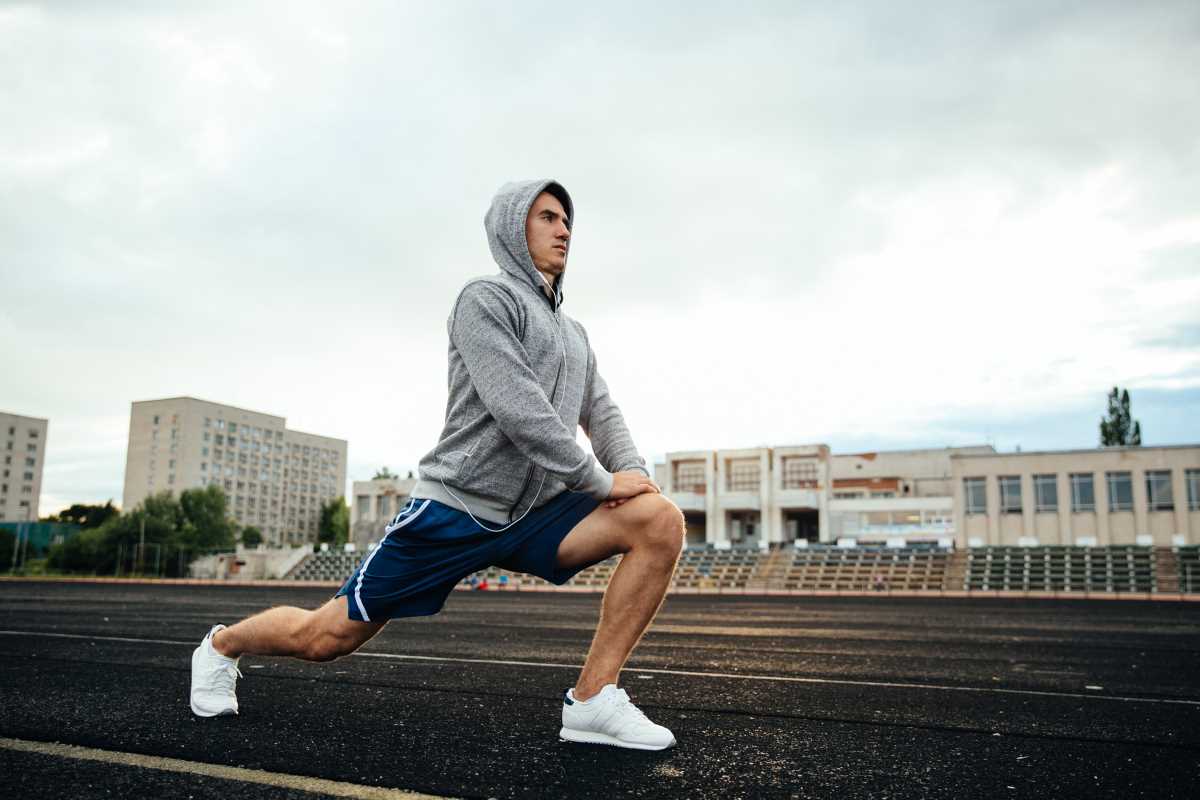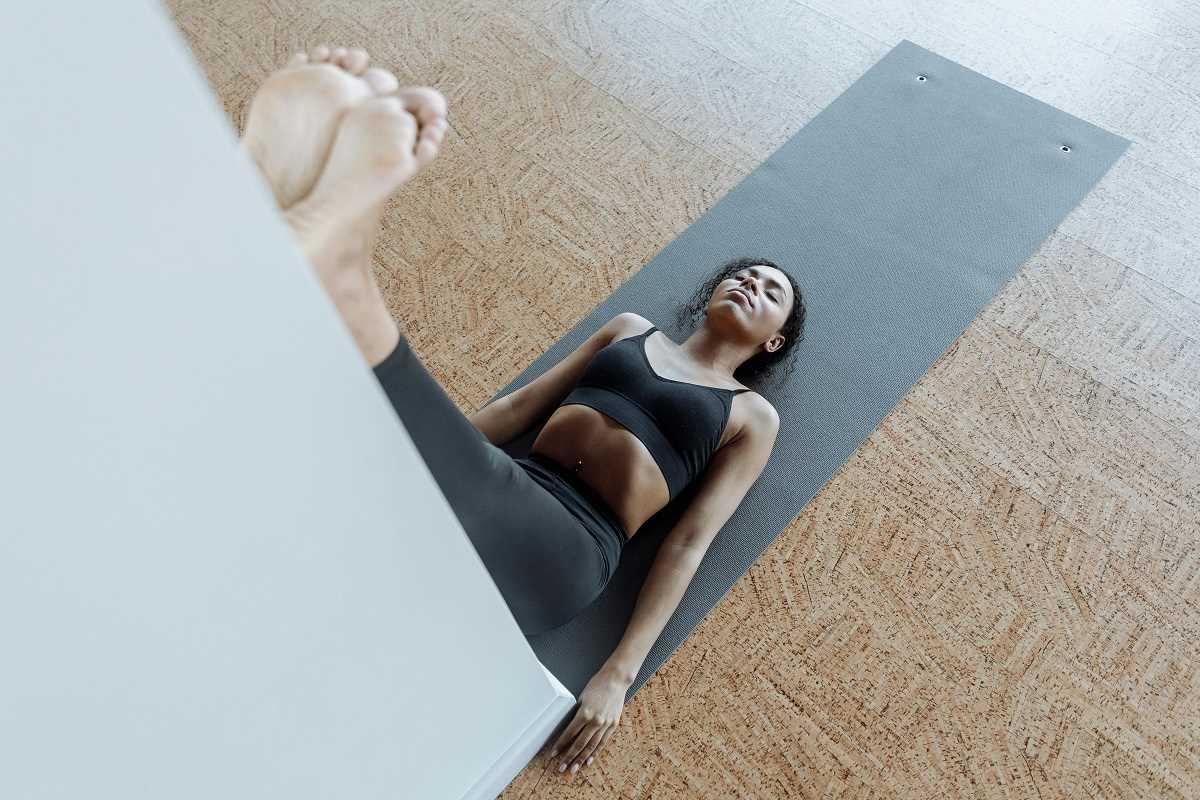Many runners end their sessions and head straight to the next part of their day, rarely pausing to consider the importance of a proper cooldown. After a long run, skipping this essential routine may seem insignificant, but your muscles, tendons, and connective tissues notice every impact. Each mile adds up, and without adequate recovery, tiny strains accumulate beneath the surface. These small injuries often go unnoticed at first, yet they gradually increase the risk of persistent soreness or even more serious conditions like tendonitis. Taking the time to wind down properly can help guard against discomfort and long-term setbacks.
Why Focused Recovery Changes Your Running
- Targeted collagen remodeling in the fascia improves elastic recoil when your foot hits the ground. Instead of relying solely on passive stretching, you can apply incremental loading that encourages those microscopic fibers to realign in the direction of your running forces.
- Neurovascular flushing through controlled compression and release pulls out metabolic byproducts faster than just resting. When you use pressure-based techniques, blood vessels dilate and contract on cue, improving oxygen supply while carrying away lactic acid more efficiently.
- Sequence-specific tissue priming readies secondary stabilizer muscles to share the workload. A quick progression of mobility drills, deep tissue work and activation exercises shifts tension away from overused quads and calves, allowing hamstrings and hip abductors to strengthen.
Key Muscle Groups and How They Get Damaged
- Calves absorb repeated impact forces and develop microtears if you sprint on hard surfaces without a proper cooldown protocol.
- IT bands become chronically tight from hips lacking stability, causing friction against the lateral femur with each stride.
- The plantar fascia endures tensile stress at toe-off, so without targeted soft-tissue release it can thicken and inflame.
- Quadriceps tire quickly under heavy training loads, increasing the risk of patellar tracking issues if you neglect recovery.
- Glutes deactivate when the central nervous system over-relies on surrounding chains, which leads to imbalanced firing patterns and compensatory injuries.
Hands-On Recovery Techniques
- Foam Rolling Protocol
- Purpose: breaks down adhesions that restrict movement
- Steps:
- Position your calf or quad on the roller
- Slowly shift weight to find a tight spot
- Hold pressure for 30–45 seconds
- Cost: $20–$40 (online or sporting goods stores)
- Tip: focus on tender areas, moving a half-inch at a time to avoid missing subtle knots
- Compression Boot Sequence
- Purpose: applies rhythmic air pressure to flush out fluids after intense effort
- Steps:
- Slip your legs into the sleeves
- Set the machine to low pressure
- Let it cycle for 20 minutes after your run
- Cost: $200–$600
- Tip: use right after long-distance sessions to reduce morning stiffness faster than icing alone
- Trigger-Point Ball Release
- Purpose: targets stubborn knots in hip flexors and glutes
- Steps:
- Sit or lie on the floor and place the ball under the tight area
- Apply moderate weight, rolling slowly for at least 1 minute
- Breathe deeply to relax the tissue
- Cost: under $15 (for a pair)
- Tip: combine with hip internal rotation stretches to maximize motor-unit recruitment
- Cold-Plunge Contrast Method
- Purpose: alternates cold immersion with warm showers to boost circulation and reduce inflammation
- Steps:
- Submerge up to mid-thigh in 50°F water for 2 minutes
- Switch to a 90°F shower for 2 minutes
- Repeat three cycles after a hard workout
- Cost: no gear needed (public pools or tubs work fine)
- Tip: wear neoprene booties to balance heat shock with comfort
- Dynamic Mobility Flow
- Purpose: re-harmonizes joint tracking and reactivates stabilizers
- Steps:
- Step into a 3-way lunge pattern
- Add a trunk rotation and reach for the sky
- Loop through 6 reps per side
- Cost: free (bodyweight only)
- Tip: sync motions to breath—inhaling before the reach, exhaling on return—to connect neural drive with movement
Step-By-Step Routines for Every Runner
- Morning Warm-Back: Spend ten minutes doing gentle leg swings, cat-cow spinal unlock, and seated hamstring flossing. This sequence primes muscle spindles and improves proprioception before you lace up.
- Midweek Maintenance: After a tempo session, dedicate twenty minutes to foam rolling on quads and IT bands, followed by trigger-point release in the glute medius. Finish with a 5-minute cold plunge to reduce residual inflammation.
- Weekend Endurance Reset: On easy days, start with a dynamic mobility circuit, cycle through compression boots at home, then finish with a low-key yoga flow focusing on hip openers and calf stretches.
- Travel-Friendly Toolkit: Pack a lacrosse ball and resistance band when you travel. Spend five minutes in your hotel room rolling underfoot, then anchor the band at door level for hip abduction drills.
- Recovery Pairing: Combine any of these routines with a protein-carb snack within thirty minutes. The nutritional boost supports collagen synthesis in strained tissues, helping you recover faster for your next training session.
Rest Days and Active Recovery
Scheduling rest doesn’t mean stopping all movement. On alternate days, choose light activities like swimming or cycling at a conversational pace. That maintains blood flow without stressing your joints.
Set aside one full day each week for playful motion—think beach volleyball or gentle trail walking. You’ll maintain your athletic momentum while giving key tissues time to recover.
Every part of your plan builds stronger, more resilient connective tissue. Skipping one block can lead to niggles and setbacks. Stay consistent with focused recovery, and your stride will improve.
Choose recovery exercises that suit your routine to run comfortably and stay pain-free.
 (Image via
(Image via





